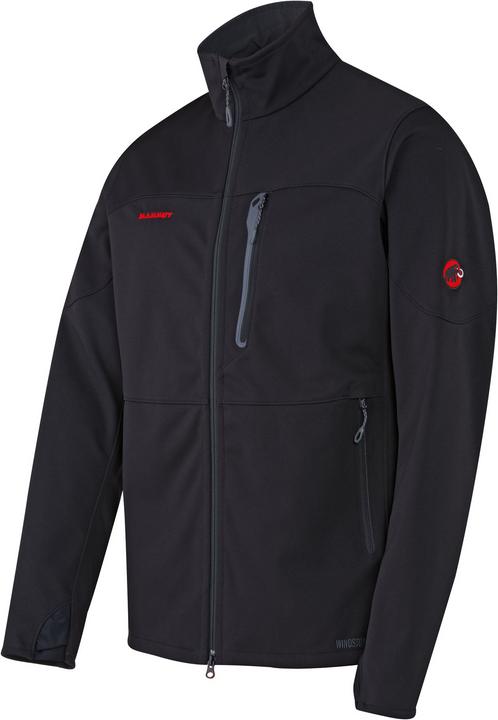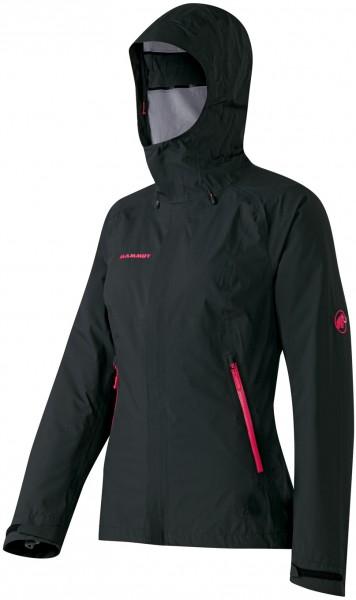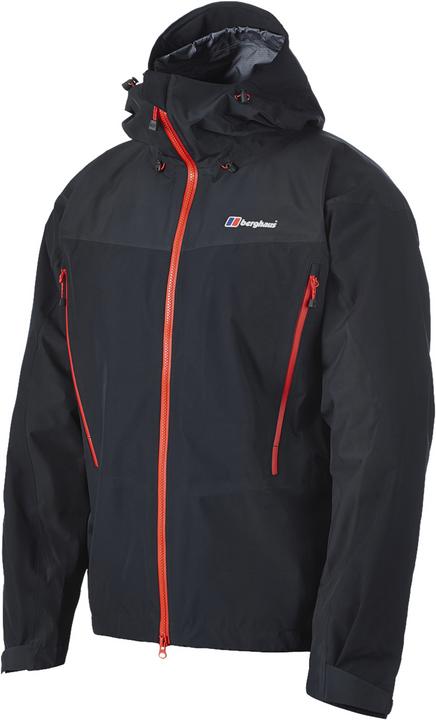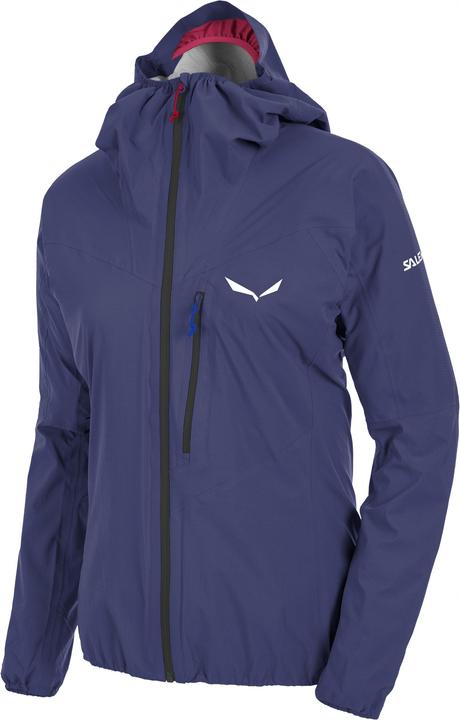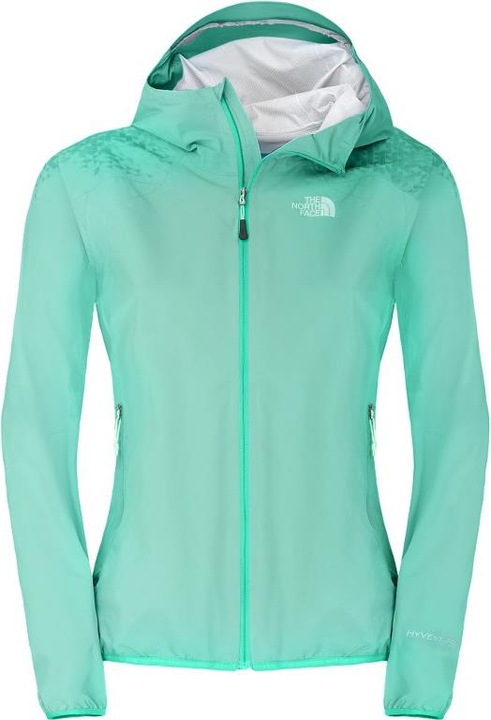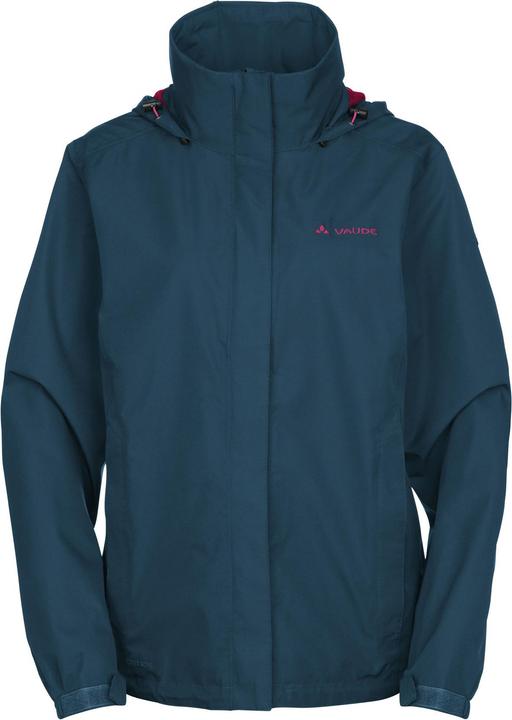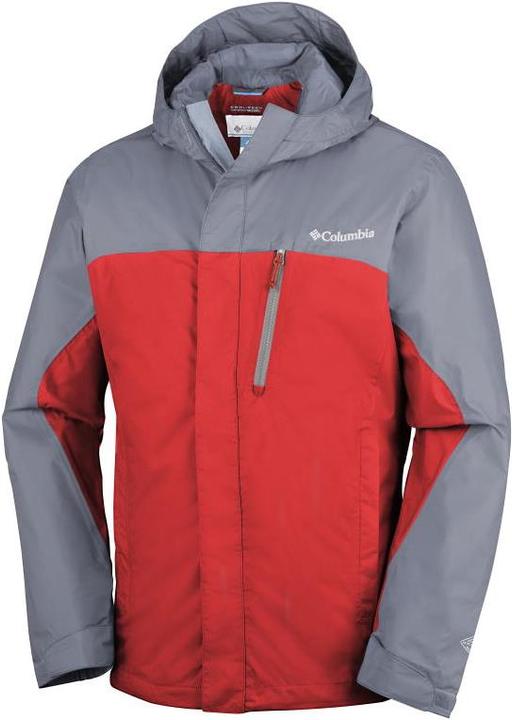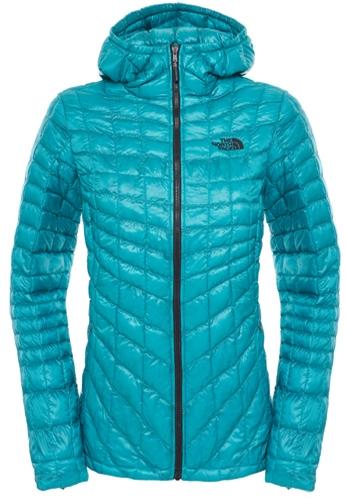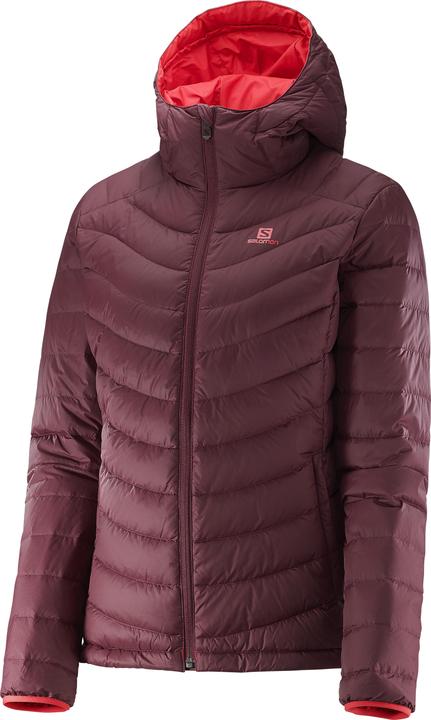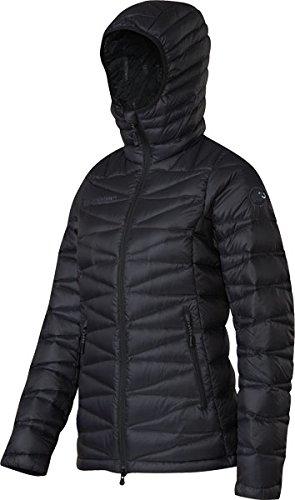
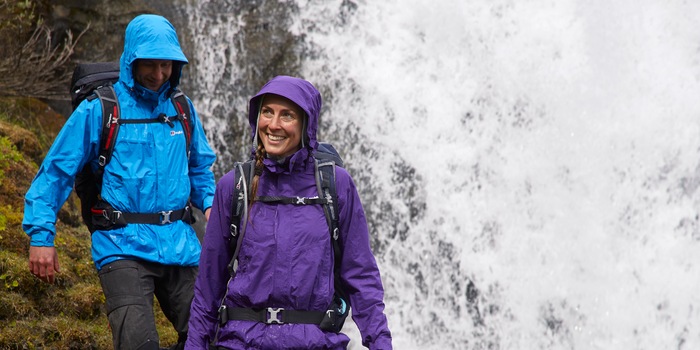
Softshell, hardshell or down - what's the ideal outdoor jacket?
To find the ideal outdoor jacket, the first thing to consider is the area of application. A top-of-the-range outdoor jacket can be used for hiking, longer expeditions, cycling outings or everyday dog walking.
In general, the following aspects are important when buying an outdoor jacket:
- Membrane and coating: In order for the top fabric to be waterproof and breathable, it must be fitted with an additional layer. This is either a plastic film (membrane) or a coating. A membrane is a thin, semi-permeable separating layer applied to the material. Thanks to this structure, water droplets can't get in, but perspiration can still be wicked away. Brands such as Salomon, Mammut, Salewa and The North Face use Goretex, an official membrane manufacturer. Columbia and Vaude have developed their own membranes with OutDry and Ceplex.
- Layers: Two-layer jackets have a tough outer material that is bonded to the membrane to protect it from wear and tear. Inside is often just a floating mesh lining. For 2.5-layer jackets, the inner lining is replaced by a thin protective layer over the membrane. Jackets with three layers also have an inner lining, making them more robust and more comfortable to wear.
- Water column: The water column shows how waterproof and breathable the jacket is: the higher this value, the more waterproof and breathable the jacket. A water column of 1000mm means that the jacket can withstand a pressure of around 1 litre of water. Functional rain jackets generally have a water column of 10,000 to 30,000mm.
- Sweatproof: Under the armpits of some outdoor jackets are zips that activate air circulation and thus prevent excessive sweating.
- Hood: The hood can be fixed, removable or foldable. Depending on your requirements, we recommend that the hood is large enough to fit over the helmet.
- Flap zips: another feature of high-end trekking jackets is the flaps on the zips. A rain-protecting flap should not only be on the front zip, but also on those of the side pockets.
Besides the different features, it's important to distinguish between the different types of jacket.
Softshell: versatile
Softshell jackets combine insulation and protection against the elements. They are breathable, windproof and water-repellent, but not waterproof. They have a softer, warmer material than hardshell jackets, making them perfectly versatile.
Hardshell: without compromise
Hardshell jackets are perfect for tough conditions. They feature a membrane or coating that protects the outer material from wear and tear and makes the jacket waterproof, windproof and breathable. They come in 2, 2.5 or 3 layers.
Rain jacket: lightweight protection
Rain jackets fulfil the basic requirements: they protect against rain and bad weather, and are lightweight and thin. However, they are less resistant than hardshells.
Doudoune/Primaloft: warmth
Down jackets or Primaloft (synthetic padding) are used in cold conditions. They provide an extra layer of insulation and create a kind of warm air bubble around the body. They are light and compact, but sensitive to moisture. That's why they're best used in dry, cold weather.
See all down jackets
See all Primaloft jackets
My favourite when it comes to weather protection, lightness and versatility!
The jacket not only wins me over with its colour, which happens to be my favourite, but also with its weight of just 220g and the ability to store it in its compression bag that comes with it to save as much space as possible. Thanks to its underarm construction, it can also be used for climbing or other sports where freedom of movement is required.
For me, sport is passion, joy and recharging my batteries at the same time. In my free time you can find me outside training, on the tennis court, on the slopes with my board or surfing in the waves.
As product manager for the outdoor sector, I can thus fully live out my enthusiasm for the world of sport in my job.
Interesting facts about products, behind-the-scenes looks at manufacturers and deep-dives on interesting people.
Show all
